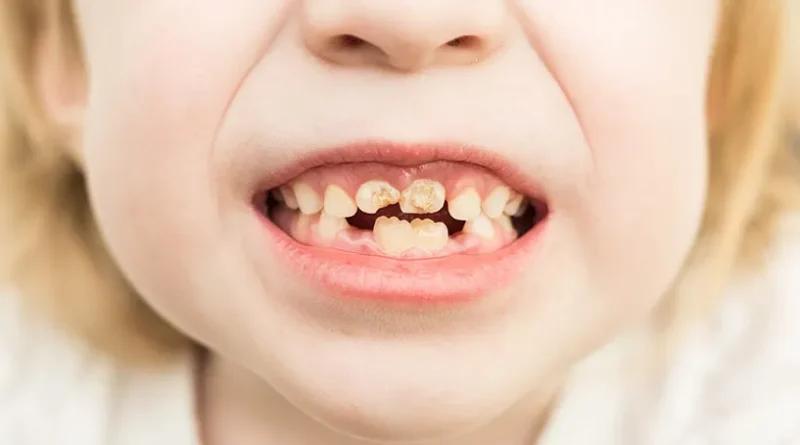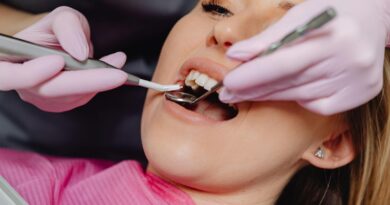Pulpitis in Children: A Guide to Prevention and Early Detection
As a concerned parent, ensuring your child’s oral health is a top priority. Pulpitis, a painful and potentially serious condition, can affect children’s teeth and gums, causing discomfort, infection, and tooth loss. Our family dentist Phoenix, understands the importance of preventing and detecting pulpitis early on.
In this guide, we’ll walk you through the causes, symptoms, and prevention strategies for pulpitis in children, empowering you to take proactive steps toward protecting your child’s smile. With regular check-ups, good oral hygiene habits, and a keen eye for warning signs, you can help your child avoid the complications of pulpitis and maintain a healthy, happy smile.
What is Pulpitis?
Pulpitis is a dental condition characterized by inflammation of the dental pulp, the soft tissue inside the tooth that contains nerves, blood vessels, and connective tissue. The pulp plays a crucial role in tooth development and sensitivity, and when infected or damaged, it can cause pain, and discomfort, and potentially lead to tooth loss. Pulpitis occurs when bacteria, trauma, or other factors irritate the pulp, triggering an inflammatory response. This inflammation can be reversible or irreversible, depending on the severity of the condition.
What Causes Pulpitis in Children?
Pulpitis occurs when the dental pulp, the soft tissue inside the tooth, becomes inflamed. This inflammation can be caused by:
- Tooth decay
- Trauma
- Infection
- Deep fillings
What Are The Symptoms of Pulpitis in Children?
Recognizing pulpitis symptoms is crucial for early detection:
- Toothache or pain
- Sensitivity to hot or cold temperatures
- Swollen or tender gums
- Discoloration or staining of the tooth
- Bad breath
How Can Pulpitis Be Prevented In Children?
Preventing pulpitis in children requires a combination of good oral hygiene habits, dietary changes, and regular dental check-ups. Here are some ways to prevent pulpitis in children:
Oral Hygiene Habits
- Brush teeth at least twice a day with fluoride toothpaste.
- Floss daily to remove food particles and plaque.
- Use a child-sized toothbrush and replace it every 3-4 months.
- Supervise brushing and flossing until age 7-8.
Dietary Changes
- Limit sugary snacks and drinks.
- Encourage healthy snacks like fruits and vegetables.
- Avoid acidic foods and drinks.
- Promote water intake to rinse away bacteria.
Regular Dental Check-Ups
- Schedule bi-annual dental check-ups.
- Visit a pediatric dentist or family dentist experienced in children’s dentistry.
- Get routine cleanings and fluoride treatments.
Additional Prevention Methods
- Apply fluoride varnish or gel to teeth.
- Use a mouthguard during sports activities.
- Avoid using teeth as tools (e.g., opening packages).
- Monitor teeth grinding or clenching habits.
Professional Preventative Measures
- Dental sealants to prevent decay.
- Fluoride treatments to strengthen enamel.
- Regular X-rays to detect hidden decay.
What is The Role of Early Detection of Pulpitis in Children?
Early detection of pulpitis in children plays a crucial role in preventing severe consequences and ensuring optimal oral health outcomes. Here’s why:
Importance of Early Detection
- Prevents Irreversible Damage: Early detection helps prevent pulpitis from progressing to irreversible pulpitis, which requires more extensive treatment.
- Reduces Pain and Discomfort: Prompt identification and treatment alleviate pain and discomfort.
- Saves Teeth: Early detection can prevent tooth loss due to pulp necrosis or abscess formation.
- Minimizes Infection Risk: Early treatment reduces the risk of bacterial infection spreading to surrounding tissues.
- Simplifies Treatment: Early detection often requires less complex and less invasive treatments.
Methods for Early Detection
- Regular Dental Check-Ups: Bi-annual check-ups enable dentists to monitor oral health.
- Visual Examination: Dentists inspect teeth for signs of decay, cracks, or discoloration.
- Radiographs (X-rays): Identify hidden decay or pulp damage.
- Pulp Testing: Sensitivity tests assess pulp vitality.
- Parental Vigilance: Monitor children’s oral health and report changes.
Consequences of Delayed Detection
- Irreversible Pulpitis
- Tooth Loss
- Infection Spread
- Abscess Formation
- Systemic Health Complications
Final Words
Pulpitis in children requires prompt attention to prevent severe consequences. By understanding the causes, symptoms, and prevention strategies, you can ensure your child’s oral health. Regular dental check-ups and good oral hygiene habits are key to detecting pulpitis early.




